It is difficult to believe we are closing out 2016 this week. As with the end of any year, it seems the thing to do is to reflect on the year that was, particularly in regards to the year in birds and birding in Nebraska. Below, I count down, from ten to one (with an honorable mention for good measure), the year’s top birding stories here in our state. This is all my opinion – so my results may differ from your perspective.
- Honorable mention – continuing Black-throated Sparrow and Pine Grosbeak in the New Year: These would both be higher on the list had the birds not been first sighted in 2015. A Black-throated Sparrow at the Brogie feeder in Knox County and a Pine Grosbeak at Forest Lawn in Douglas County were first discovered in late 2015 but continued to be seen into early 2016. Both were big time rarities.
- #10 – Ongoing increases of several species: Black-necked Stilt, Mississippi Kite, Osprey, White-winged Dove (pictured, below), Pileated Woodpecker and Lesser Goldfinch all appeared to continue their trends of increase in Nebraska in 2016.
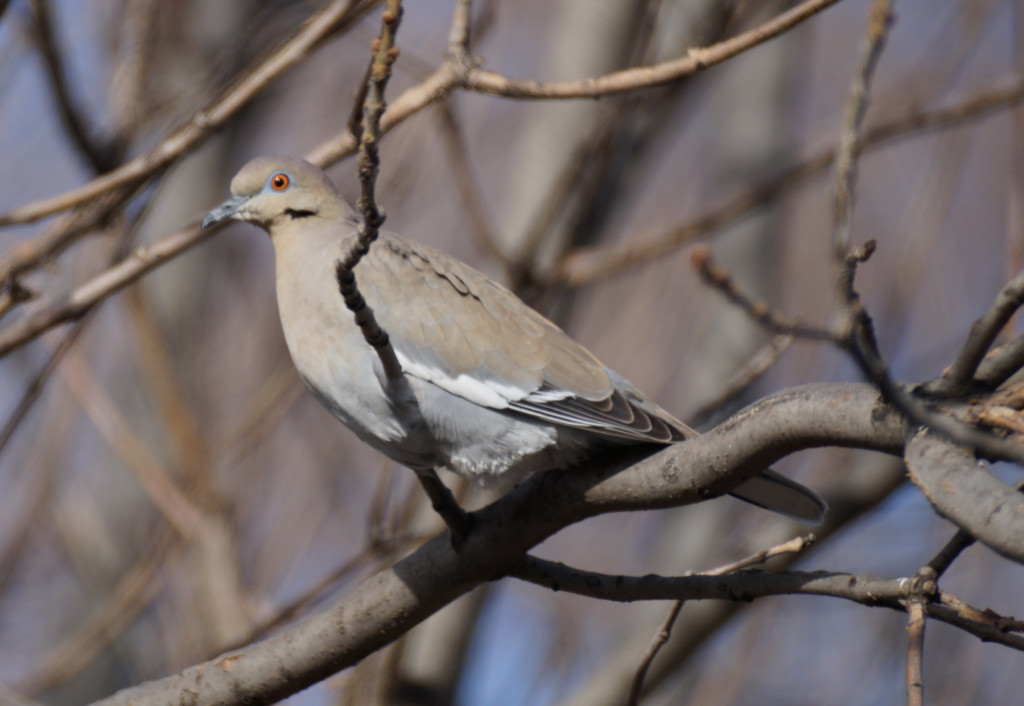
- #9 – Curve-billed Thrasher in Loup County: In March, a Curve-billed Thrasher was noted hanging around a ranchstead in Loup County. This will likely be only about Nebraska’s eighth documented record of the species. A photo of this bird is below.
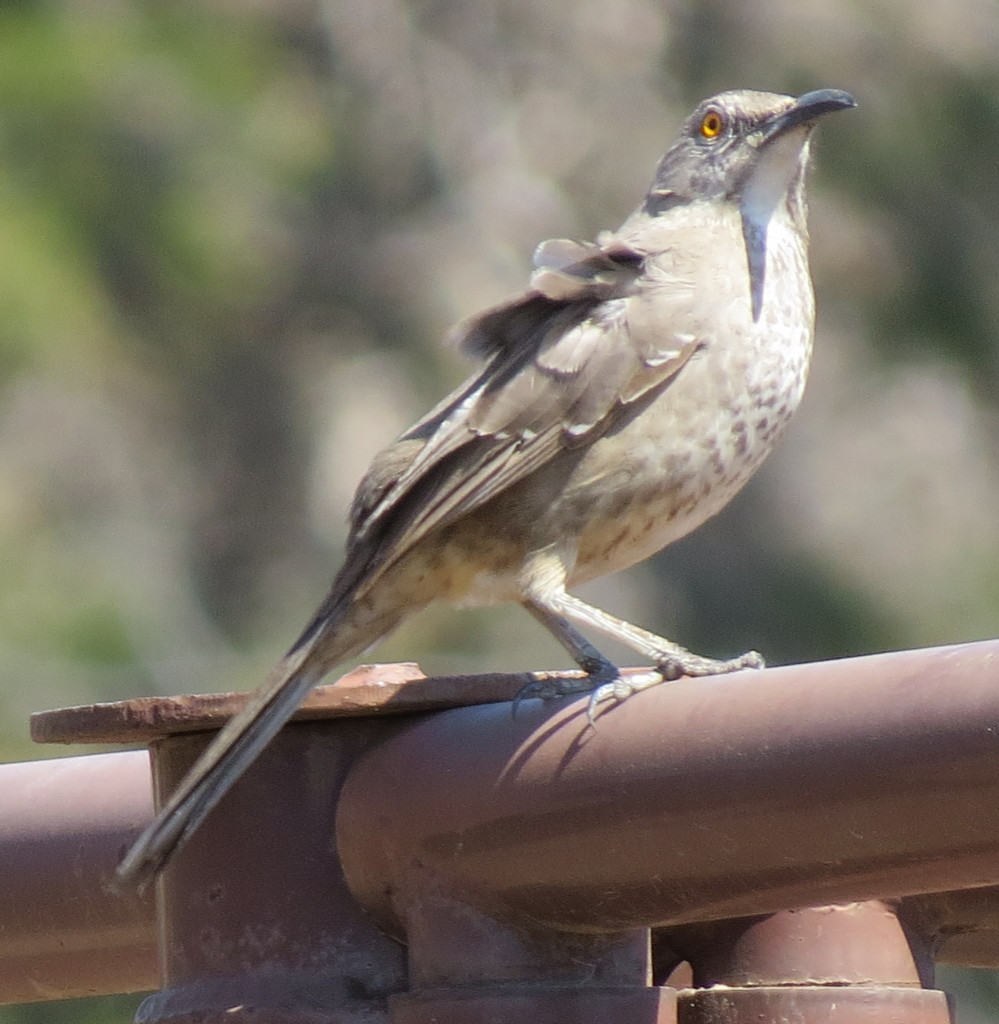
- #8 Wilkinson Whooping Cranes: In late March and early April, three Whooping Cranes stopped-over at Wilkinson Wildlife Management Area (WMA) in Platte County. The occurrence resulted in partial closure of the WMA and nearly 400 people came to Wilkinson to see the birds during their nine-day stay. A lot more information can be found HERE and video of these birds dancing is below
- #7 Peregrine Falcon drama: As has been well-documented on this blog, the Peregrine Falcons that call the Nebraska Capitol home were a source of drama in 2016. The pair welcomed five eggs into their nest box in early April. After the typical 35-day incubation period, none of the eggs had hatch. The apparent infertility of the eggs was believed to be due to age of the pair. The female, Alley, is eleven years old and the male, 19/K, is fifteen years old. A fifteen year old Peregrine Falcon can be considered a senior citizen since maximum longevity of these birds is typically 15-20 years. On May 17th, when all hope seemed lost, one egg did end up hatching. Not long after the one egg hatched, 19/K was found injured in north Lincoln. Male Peregrine Falcons play the critical role of capturing and providing food during the chick-rearing stage so there were concerns about fate of the young falcon that had recently hatched. The injured male was taken to Fontenelle Forest’s Raptor Recovery where it was determined he suffered from a dislocated elbow. Fortunately, Alley was able to raise the young falcon by herself and it fledged in late June. Had several of the original five eggs hatched, Ally would have no doubt been overwhelmed and would not have been able to care for several young falcons. The young falcon received the name “Dinan”, as determined by a public vote as part of the traditional name-the-chick contest. The name honors John J. Dinan, former Nongame Bird Program Manager at the Nebraska Game and Parks Commission. John was instrumental in initiating the Peregrine Falcon projects at the Nebraska Capitol and WoodmenLife Tower. Remarkably, after several months in rehab, 19/K was released at the Capitol on October 3rd (see photo, below). He appears to be thriving and once again is the reigning male atop Nebraska’s Capitol.
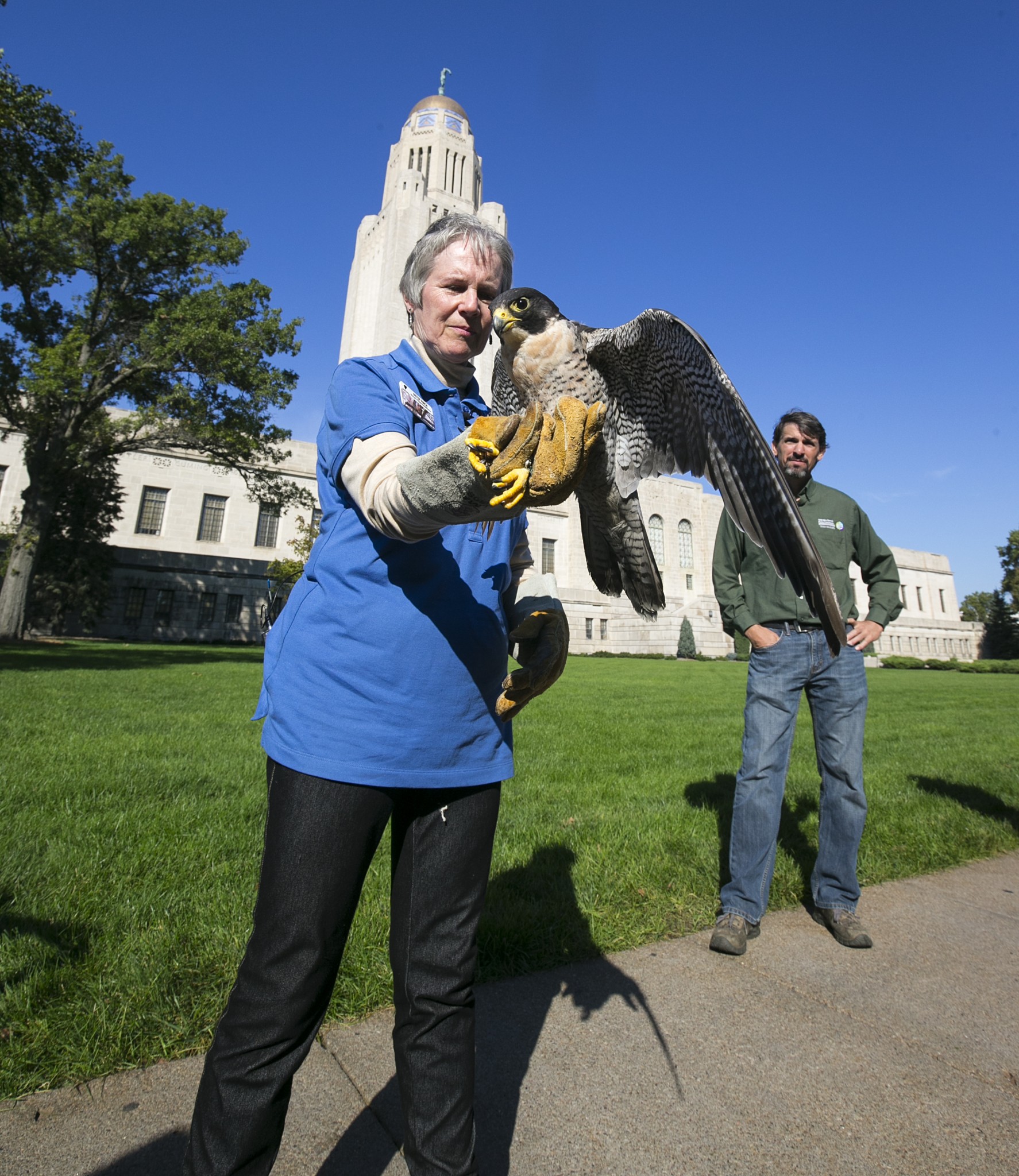
- #6 Ongoing decline of the Black-billed Magpie: In the grand scheme of things, this is a more significant story than those listed below. Black-billed Magpies occurred in most areas of the state, except the southeast, for most of recorded history. Since the early 2000s, however, the species has suffered sharp and dramatic declines in Nebraska and over much of the Great Plains. Black-billed Magpies are now absent in many areas of their former range in our state. Even in former strongholds, such as the Pine Ridge, their abundance is reduced and this trend shows no signs of abating. However, magpie numbers are stable or have actually increased in other parts of its range outside of Nebraska. Perhaps in an upcoming blog post I’ll expound on what is going on with this species.

- #5 Canyon Wren in Cherry County: Nebraska’s fourth documented Canyon Wren was confirmed at a remote Cherry County ranchstead in late November. I visited this site on 20 November and filed this blog post shortly thereafter. The owner’s and the bird were very obliging.
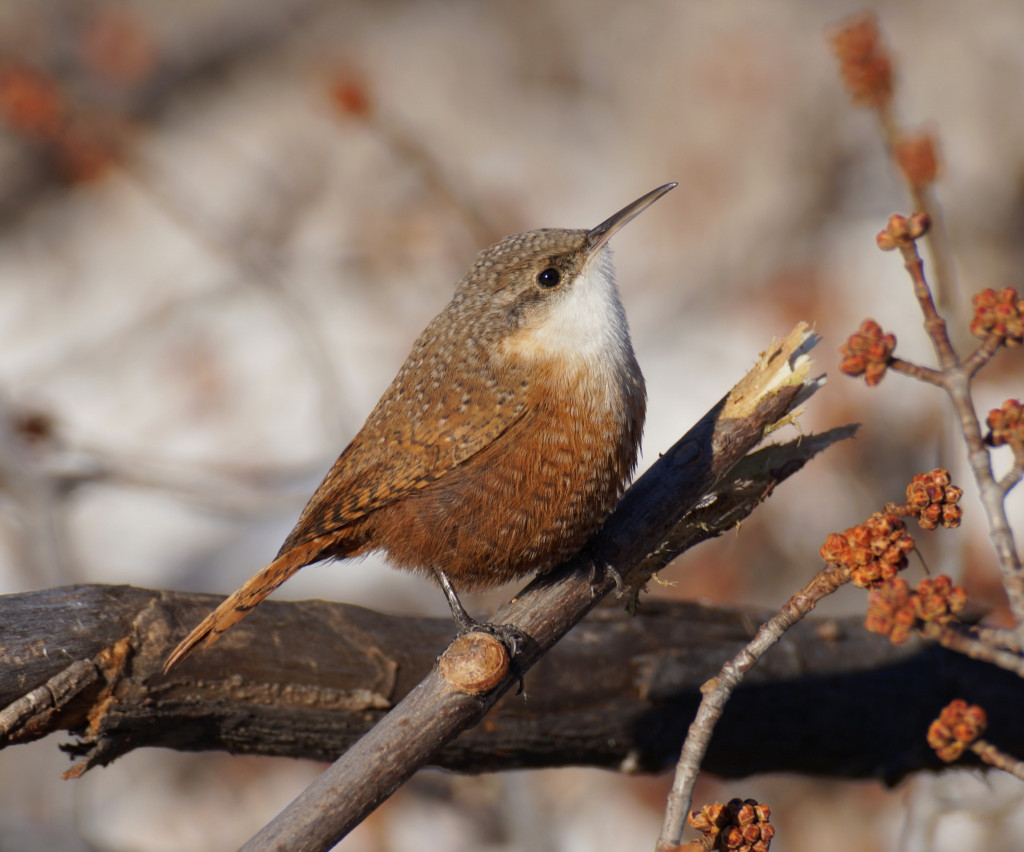
- #4 Black Rail in the Rainwater Basin: This observation has not been publicized much up until now. A Black Rail was heard calling and was recorded by Cody McGregor and Eric Bruster in June in the Rainwater Basin during a secretive marshbird survey. Black Rails are difficult to detect and extant documentation accompanying any of the twenty or so sightings is limited or non-existent. Thus, the record is notable and more details will be in an upcoming edition of the Nebraska Bird Review. You can listen to the audio recording, HERE.
- #3 Swallow-tailed Kite near Kearney: On 25 July 2015, Dave Gleason photographed an odd bird at Cottonmill Lake near Kearney. The bird turned out to be a Swallow-tailed Kite a species which occurred historically in Nebraska, but was extirpated before 1900. Since the kite was extirpated there is only one other previously-accepted record – a bird observed below Fort Falls, Cherry County, 26 May 2013. Below, is Dave’s photo.
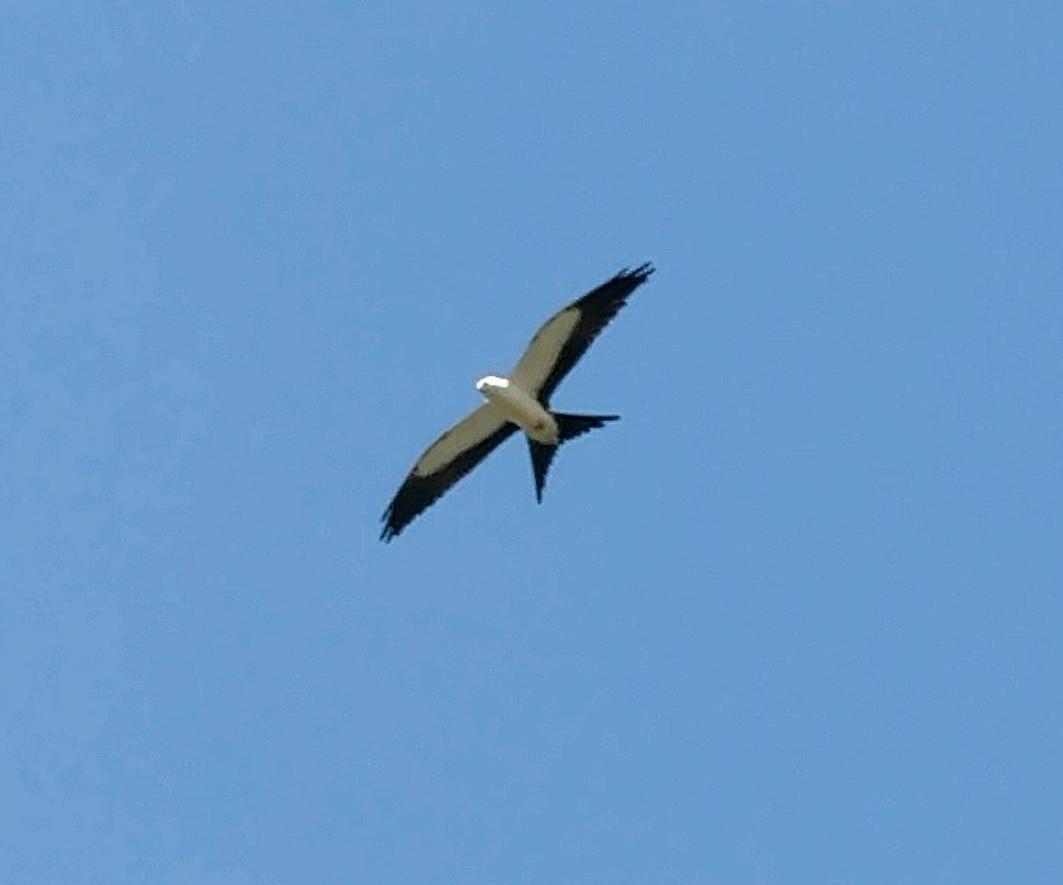
- #2 – Anna’s Hummingbird in Omaha: On 19 November, a hummingbird was sighted at the residence of birders Robert, Sam and Joe Manning. In general, birders have become aware to be on the look-out for any hummingbird observed in late fall because the bird usually is a rarity. The Manning’s hummingbird turned out to be an Anna’s Hummingbird, a species usually found in western North America. The occurrence is a first for the species in Nebraska. The Mannings were also very gracious and provided many birders the opportunity to view this beauty. Below is a photo I captured during my visit. The Anna’s Hummingbird was last seen on 9 December.
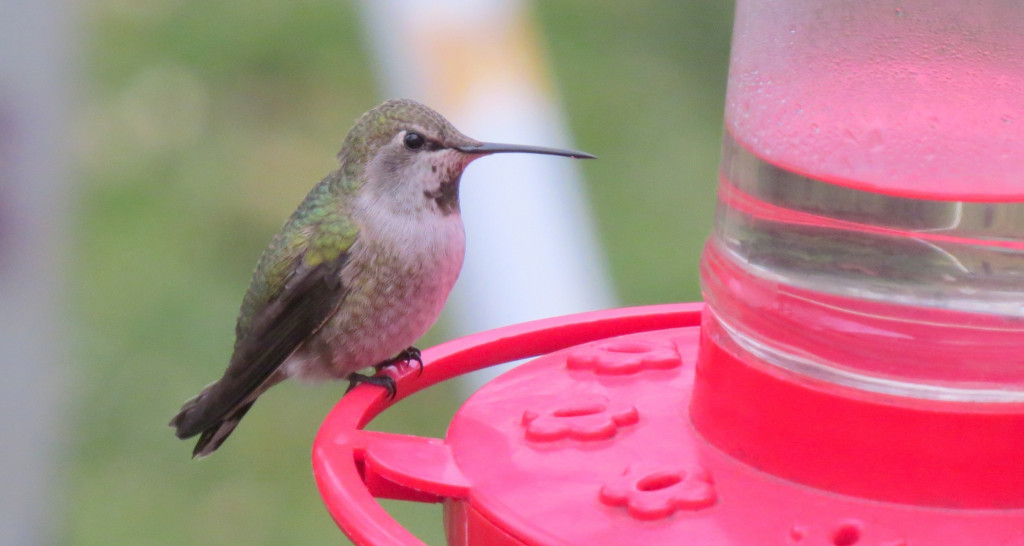
- #1 – The Nebraska Breeding Bird Atlas II is published: It is always a big deal when a key contribution to Nebraska Ornithology is published. The project took over ten years to complete and the finished product provides a wealth of information on the status of Nebraska’s breeding birds. Congratulations to project coordinator and author Wayne Mollhoff.
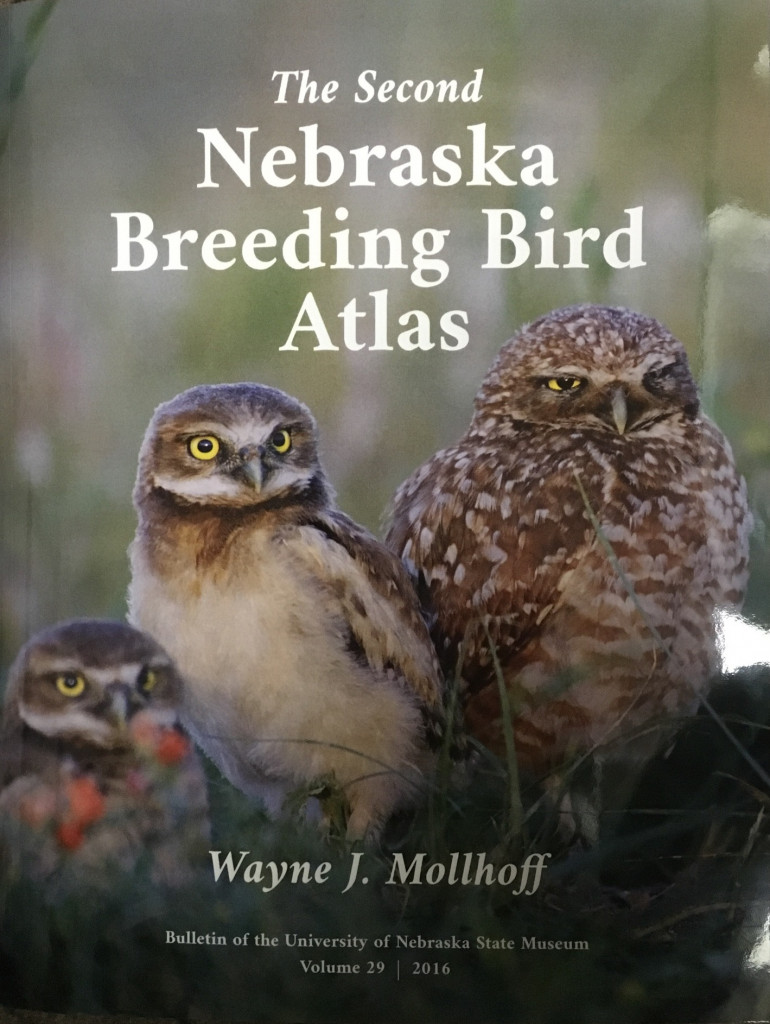
Again, this top ten list is my opinion and readers are welcome to disagree in the comment section, below. Happy New Year everyone and let’s hope 2017 is just as exciting.
Good birding!
The post Top ten birding stories of 2016 appeared first on NEBRASKALand Magazine.
























